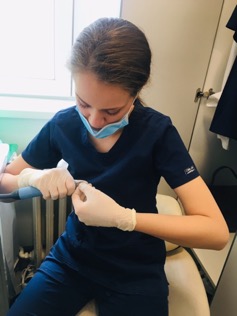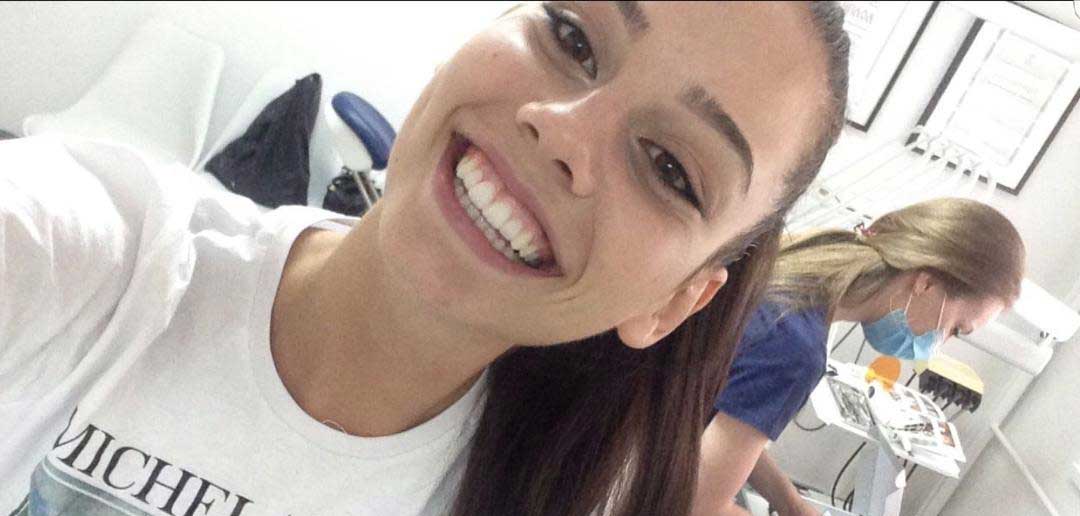What are dental crowns?
Crowns are fixed compensations(covers) used to compensate the lost part of the tooth, but also to change the shape and/or the color of the tooth. Whether they are fully or partially made of ceramics, we differentiate metal-ceramic and full-ceramic crowns.
Metal-ceramic dental crowns
Metal-ceramic crowns have their cover made of ceramics, while the central part between the teeth and the ceramics, i.e. the core, is made of metal. On the other side, full-ceramic crowns are entirely made of ceramics. They can be made from zirconium, a material also known as an artificial diamond, as well as from lithium disilicate.
For metal-ceramic crowns, the metal base is made by hand, and for full-ceramic crowns, the zirconium base is made by machine, under the control of a computer, so the process is much more precise.
Full-ceramic dental crowns
With full-ceramic crowns, it is possible to achieve a significantly better aesthetic effect which means that the crown looks like a natural tooth. The fact that they do not have a metal base allows them to be more transparent and look more natural.
Zirconium-based full-ceramic crowns are also fully biocompatible and require less preparation, thus preserving the dental substance. For metal-ceramic crowns, one should remove from1.5mm to 2mm of the tooth, while for full-ceramic crowns it goes from 0.5mm to 1mm.
With metal-ceramic crowns can the metal might shade, therefore the metal edge is inserted under the gums to be hidden, but over time this might (in some cases) lead to the gums retention which is strip off the tooth neck.
Combining Full-ceramic with Metal-ceramic crowns
All stated are the advantages of full-ceramic crowns. However, metal-ceramic crowns are still significantly more present in dental practice because they are more financially acceptable to patients. Sometimes they are combined for this reason in a way to use full-ceramic crowns in the front (from 3 to 3), and metal-ceramic crowns in less visible, lateral regions.

For all questions and/or additional information, Dental Center Vunjak Team is available at 011/3282481 or at www.vunjak.rs.




